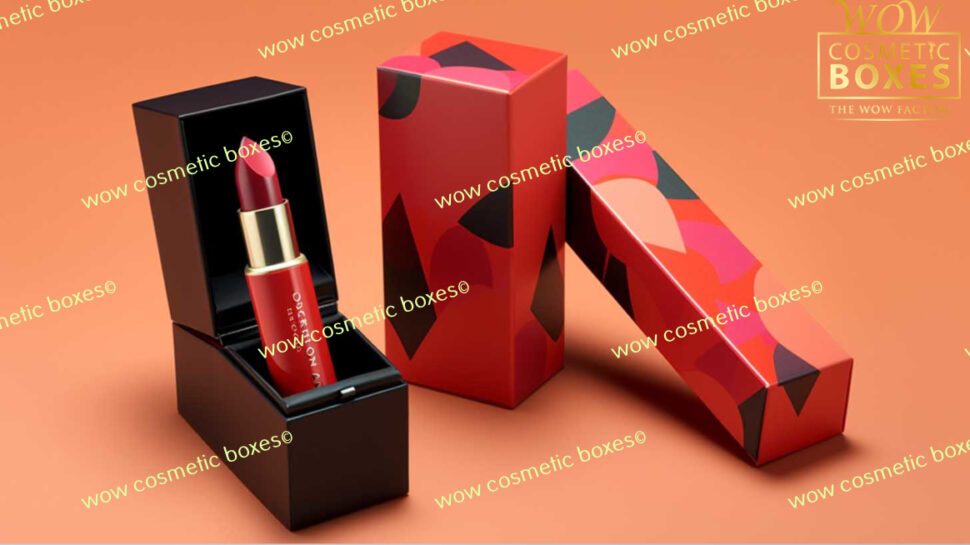
Design trends are taking center stage in transforming packaging in the ever-evolving world of cosmetics.
Delving into charming aesthetics, this article explores the captivating influence of minimalist designs, the rise of sustainable solutions, the impact of innovative shapes and structures, the allure of vibrant colors and patterns, and the importance of personalization and customization.
Join us as we unravel the intriguing ways these design trends reshape the cosmetic industry.
Key Takeaways
- Minimalist branding and eco-friendly packaging attract consumers who value simplicity and environmental consciousness.
- Innovative shapes, structures and interactive packaging enhance consumer perception and create engaging experiences.
- Vibrant colors, patterns, and consistent brand identity help differentiate cosmetic products and increase shelf appeal.
- Digital technology builds trust and loyalty between brands and consumers through personalization, customization, and interactivity.
The Influence of Minimalist Packaging Designs on the Cosmetic Industry
Minimalist packaging designs have had a significant impact on the cosmetic industry. With the rise of sustainability and eco-consciousness, brands have embraced minimalist branding and eco-friendly cosmetic packaging to attract consumers seeking a more simplistic and environmentally friendly approach to beauty.
This shift towards minimalism in cosmetic packaging reflects a growing consumer preference for clean, sleek designs that communicate a sense of elegance and sophistication. Minimalist branding often uses clean lines, simple typography, and limited color palettes to create a visually appealing and uncluttered packaging aesthetic.
Additionally, eco-friendly packaging materials such as recycled paper, glass, or biodegradable plastics further enhance the appeal of minimalist designs, as they align with consumers’ desire for sustainable and responsible consumption.
As a result, minimalist packaging designs have become a powerful tool for cosmetic brands to differentiate themselves in the market and resonate with eco-conscious consumers.
The Rise of Sustainable Packaging Solutions in the Cosmetic Industry
Consumers increasingly prioritize sustainability, so the cosmetic industry is witnessing a surging demand for innovative and eco-friendly packaging solutions. This shift in consumer preferences has led to the rise of sustainable packaging materials and eco-friendly alternatives in the cosmetic industry.
Here are five key trends in sustainable packaging solutions:
- Use of recycled materials: Companies opt for packaging materials made from recycled paper, cardboard, and plastic, reducing the reliance on virgin materials.
- Biodegradable packaging: Brands are turning to biodegradable materials such as plant-based plastics, cellulose, and mushroom-based packaging, which break down naturally and do not harm the environment.
- Refillable packaging: Refillable containers and packaging systems are gaining popularity, allowing consumers to reuse the same packaging multiple times and reduce waste.
- Minimalist packaging: Brands embrace simpler, minimalist packaging designs requiring fewer resources and materials.
- Sustainable sourcing: Companies focus on sourcing materials from sustainable suppliers, ensuring they adhere to ethical and environmentally responsible practices.
The Impact of Innovative Shapes and Structures in Cosmetic Packaging
With the introduction of innovative shapes and structures, cosmetic packaging has experienced a significant impact on consumer perception and brand recognition. Cosmetic brands can create a unique and engaging customer experience using innovative materials and interactive packaging.
These new shapes and structures enhance the aesthetic appeal of the products and provide functional benefits. For example, using innovative materials can make the packaging more durable, lightweight, and sustainable. Additionally, interactive packaging designs such as pull-out drawers, pop-up features, or magnetic closures can create a sense of excitement and playfulness, making the cosmetic product stand out on the shelf and fostering a stronger emotional connection with the consumer.
The Role of Vibrant Colors and Patterns in Captivating Cosmetic Packaging
Vibrant colors and patterns are crucial in captivating cosmetic packaging and attracting consumers’ attention. Using bold typography can make a product stand out on the shelves, making it easier for customers to spot and identify. Metallic accents add a touch of luxury and elegance to the packaging, giving it a premium feel.
Here are five ways in which vibrant colors and patterns enhance cosmetic packaging:
- Color psychology: Different colors evoke specific emotions and influence consumers’ purchasing decisions.
- Brand recognition: Consistent use of vibrant colors and patterns helps establish brand identity and makes the product easily recognizable.
- Shelf appeal: Eye-catching packaging can attract customers and make them more likely to pick up the product for a closer look.
- Differentiation: Unique color combinations and patterns help products stand out from competitors on crowded store shelves.
- Visual communication: Colors and patterns can convey the product’s features, benefits, or target audience, helping customers make informed choices.
Incorporating vibrant colors and patterns, bold typography, and metallic accents can create visually striking cosmetic packaging that engages and captivates consumers.
The Importance of Personalization and Customization in Cosmetic Packaging Design
To differentiate their products in a competitive market, cosmetic brands recognize the importance of personalization and customization in their packaging design. With the rise of digital technology, cosmetic packaging is transforming. Brands are leveraging digital tools to create unique and interactive customer packaging experiences.
Personalization and customization allow brands to cater to their consumers’ individual preferences and needs. By incorporating digital technology, cosmetic brands can offer personalized packaging options, such as custom labels, colors, and designs. This enhances the overall customer experience and creates a sense of exclusivity and uniqueness.
Furthermore, interactive packaging experiences provide numerous benefits. They allow customers to engage with the product, learn more about its ingredients, and even try virtual makeup applications. This level of interactivity creates a memorable experience and builds trust and loyalty between the brand and the consumer.

